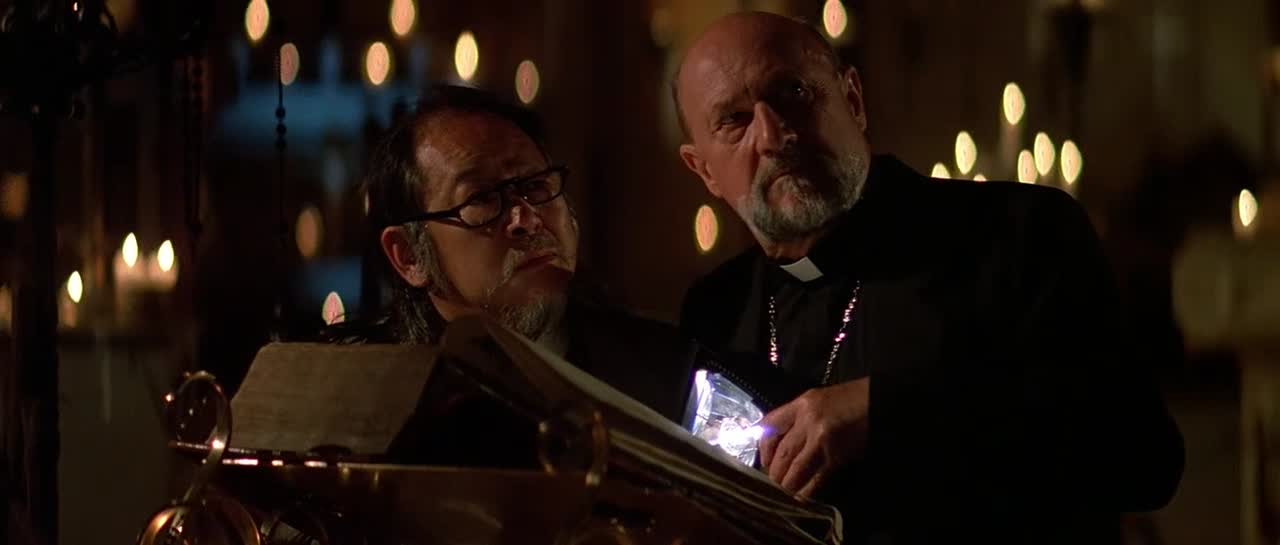|
Efficiency in storytelling is like any other art form. Take music, for example. Some really sparse songs are fantastic, sometimes you need 48 tracks of overdubs.
When it comes to screenwriting, I would say I try to take after my filmmaking idol John Carpenter. It's a classic, ultra-sparse Hollywood style of show don't tell. Here's four ways JC (working under the nom de plume of Martin Quatermass) shows his skill at keeping things tight in the screenplay for 1987's PRINCE OF DARKNESS. Read the Screenplay Here
I'm inclined to put the exact effort necessary on the page. It's a document to get you to the screen, not a stand-alone work of art. It's like fancy fonts on an architectural blueprint. Or, it's like putting expensive aftermarket spoilers and stuff on a shitty import car. I want my screenplay to be a 71 Plymouth Barracuda. Just a monster under the hood. In short -- make the "What Happens" be so amazing that it doesn't require embellishment. Comments are closed.
|

